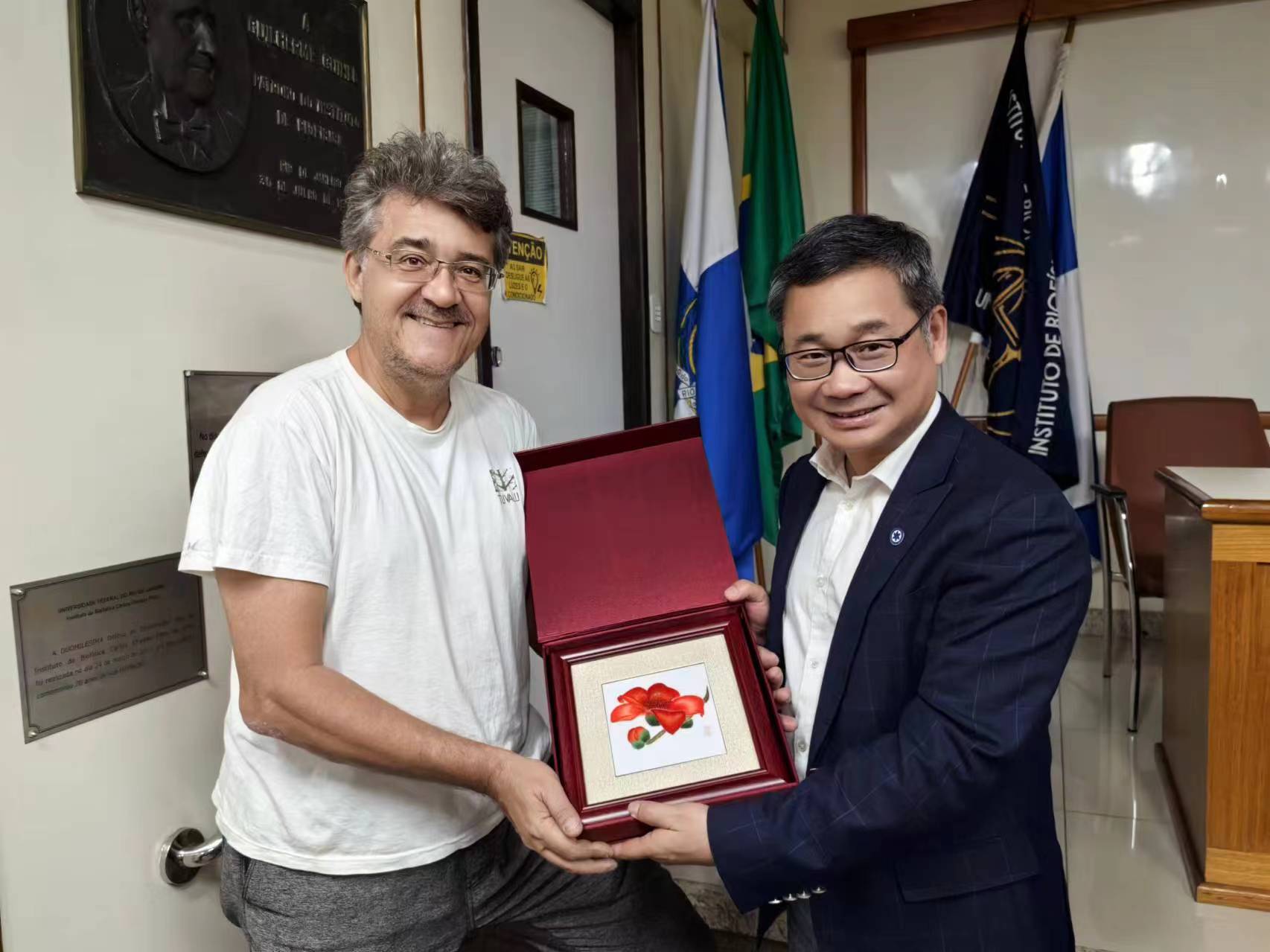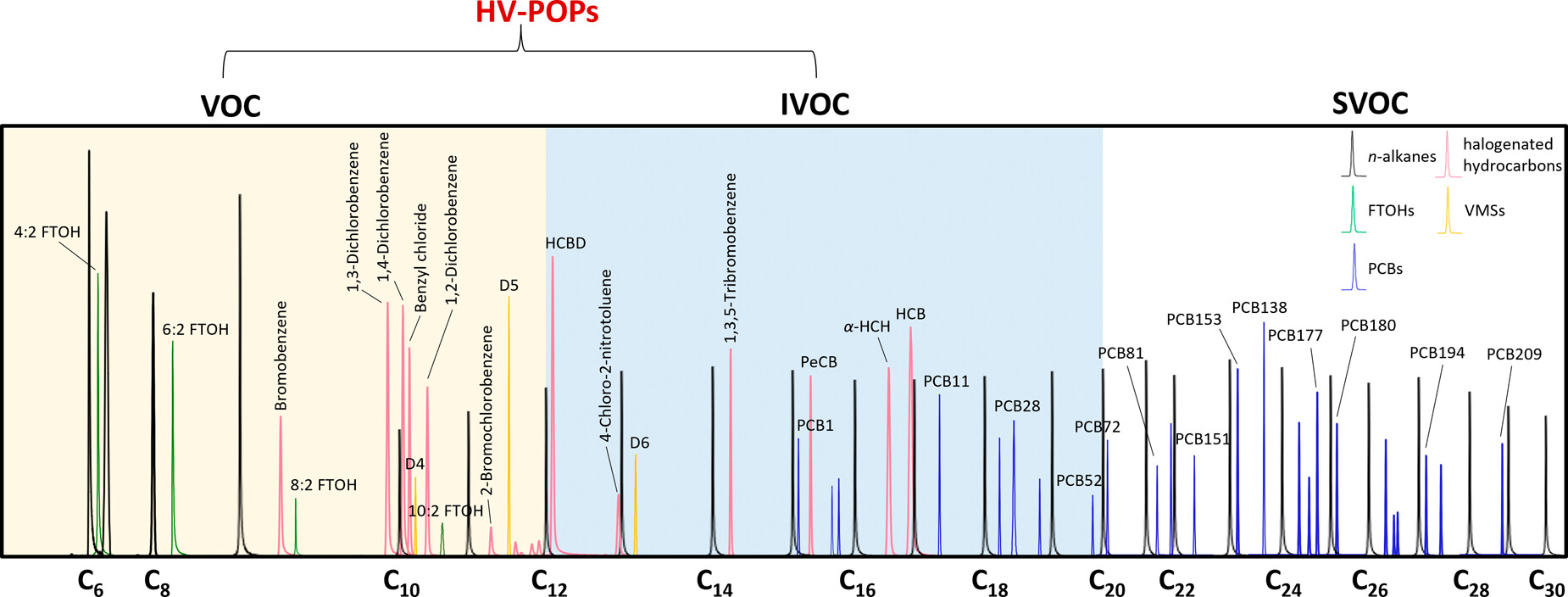



























Shizhen’s new viewpoint paper ‘Overlooked Highly-Volatile Persistent Organic Pollutants in the Atmosphere‘ has been accepted for publication in ES&T. Congratulations!

Yangzhi’s paper ” The water-insoluble organic carbon in PM2.5 of typical Chinese urban areas: light-absorbing properties, potential sources, radiative forcing effects, and a possible light-absorbing continuum‘ has been published in ACP. Congratulations!